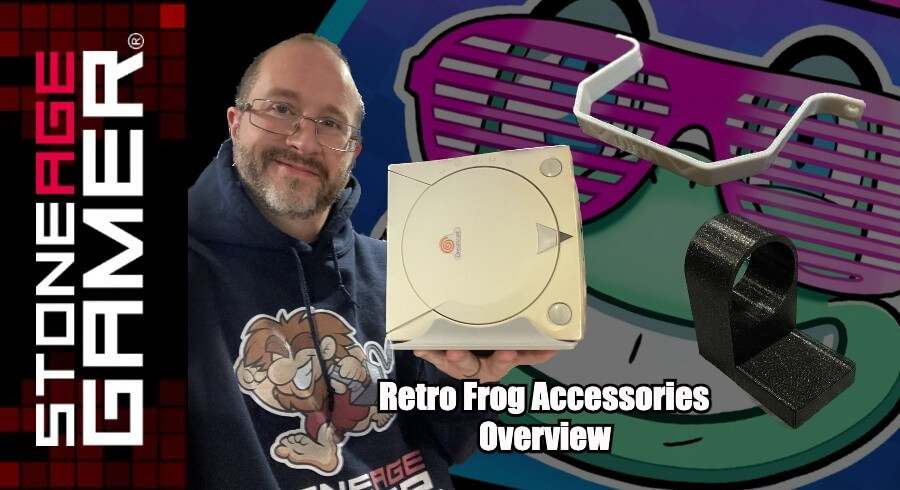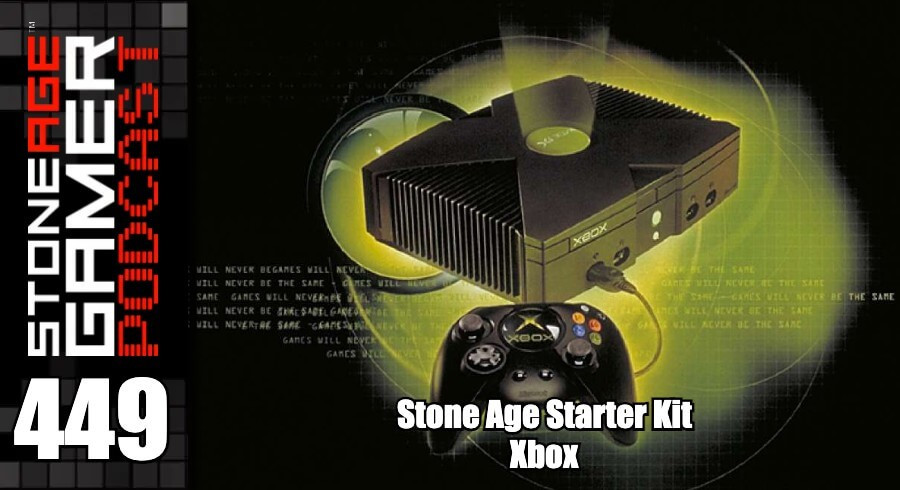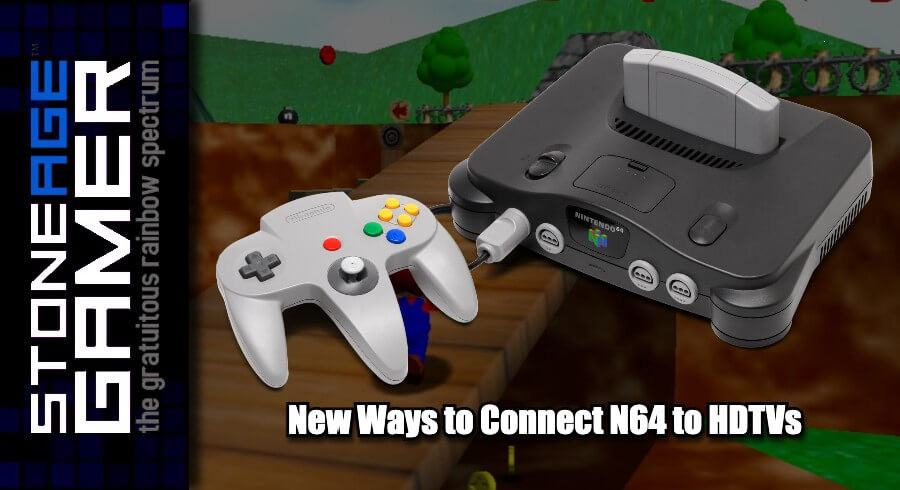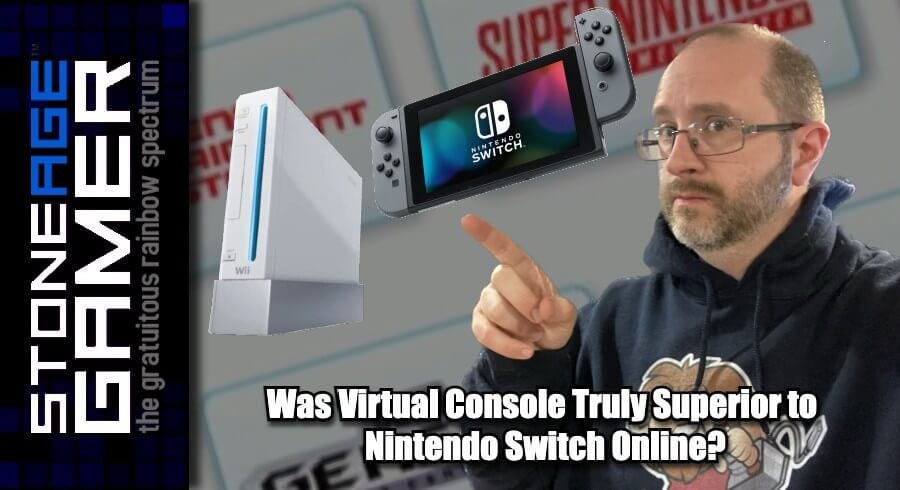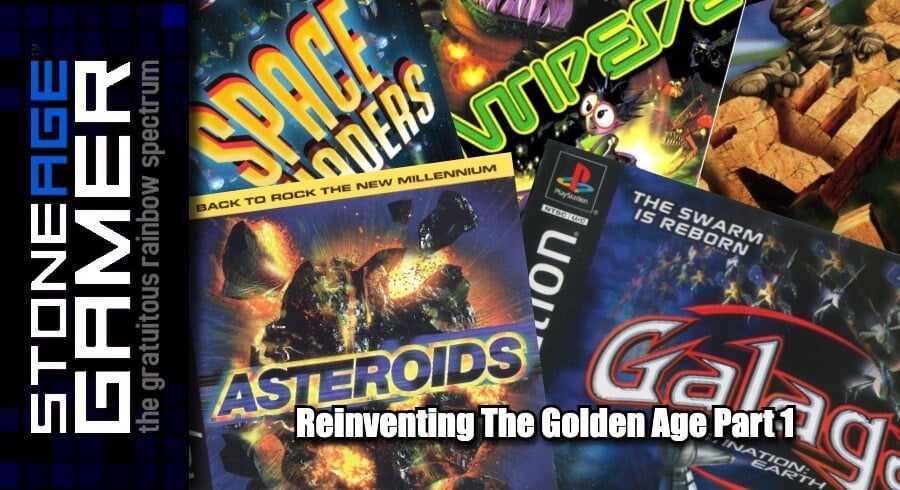
Reinventing The Golden Age Part 1
The Golden Age Meets the Modern Age
Simple game concepts are timeless. Video games were simple out of necessity back in the golden age, but there was also a degree of brilliance in their simplicity. It’s for this reason that you still see Galaga machines around. People still love Paperboy even though most kids probably have no idea what a paperboy is, let alone a newspaper.
And simple concepts like that are starting to pop back up in the world of video games. Indie shops are chock full of games that harken back to the old days, sometimes even from the companies that made them in the first place. Atari in particular has been doing a stellar job with their Recharged series, but for a time, these sort of simple games had more or less disappeared. In the late 90s and early 2000s though, a strange and wonderful trend popped up. Companies were looking back on ancient properties and seeing what they could do to modernize their core concepts with the power of modern technology on their side. The results in most of these cases were some really fun stuff.
Pong
Pong is basically the first popular video game ever. It’s a simple concept, and one that’s still fun to this day. In 1999, Hasbro was smack in the middle of cranking out these modern reimaginings, and with the Atari license in hand they would have been crazy not to take a swing at the granddaddy of all retro games. Pong: The Next Level was released on a ton of platforms, but the PlayStation one was the lead, and it was actually really fun. It was still Pong at its core, but you could press a button to make your paddle launch the ball with more force. The stages had environmental effects you had to look out for. There were different obstacles and game modes. It was a real evolution of the basic Pong formula, and it was pretty darn cool!
Asteroids
Asteroids actually got two different modern remakes, which is kind of weird when you think about it. First came from Activision, which is also super weird considering that Asteroids is an Atari-owned property and Activision is, well, Activision. But whatever. 1998’s Asteroids again was primarily a PlayStation game. You could choose from different ships, get fancy new weapons for busting up Asteroids, and there were even some story elements. This was still Asteroids through and through though, and it was good fun.
The second game was released a year later. 1999’s Asteroids Hyper 64 was an N64 exclusive take on the classic franchise from Crave Entertainment AND Activision. Not really sure how that works. Anyway, this one was much more basic. It had some really nice environmental graphics, boss battles, and a fun multiplayer mode, but it was otherwise a less ambitious take on the concept. Still great though!
Centipede
Centipede was a weird one, and I don’t think this modern take really worked. Aside from the intensely bizarre cinematic opening and story, this 1998 reinvention for the PlayStation, Dreamcast, and PC added a 3D element to the gameplay that made it almost Asteroids-like. Where in the original Centipede you were at the bottom of the screen shooting upwards, this modern version has you shooting in all directions. It’s a neat concept in that you’re traveling from area to area manually, and each area kind of resembles a Centipede arcade stage with mushrooms and bugs all over the place to blast, but it never felt all that fun to play.
Breakout
This one got off to an earlier start than the PlayStation stuff as part of a series of attempted reinventions on the Atari Jaguar. Like the Jaguar itself, 1996’s Breakout 2000 was a tragically flawed experience. In an effort to make the gameplay seem more modern, it takes a “behind the paddle” view, but there aren’t really any other 3D elements involved, except in the multiplayer mode. Here, there’s one player on the ceiling and the other on the floor. When your ball hits the back of the screen, it wraps around to the second player’s field. It’s a neat concept, but it ultimately doesn’t add much. It’s Breakout, except you can’t see what you’re doing.
2000’s Breakout for PlayStation, on the other hand, is more in line with Pong: The Next Level. Also from Hasbro, Breakout is a polygonal affair, and has the same sort of goofy character as Hasbro’s Pong game. It’s got a silly little story mode, wacky environments that affect the gameplay, and more. It’s far more ambitious than Breakout 2000 was, and it does some genuinely interesting stuff with its 3D environments. It’s fun!
Galaga: Destination Earth
This one is really wild. It sort of takes the Donkey Kong 94 approach in that it starts off looking like it’s just a prettier version of the arcade original, but then the whole game opens up and becomes something completely different. After the first few waves, the camera swoops down behind your ship and it kinda turns into Star Fox. Then the camera pans around to the side and it becomes Gradius. It’s tough as nails which sadly limits its overall appeal, but it’s a really ambitious game and it deserves credit for that.
Battlezone
In 1998, Activision took a swing at revitalizing the Battleone series with a PC game simply called Battlezone. It’s still a first person Tank game, but this time around it's an RTS. It’s incredibly well loved by the people who’ve played it. I’ve never really gotten Battlezone though, so I don’t have much else to say. Sadly this one never made it to consoles.
Space Invaders
Another one from Activision, Space Invaders for PlayStation and Nintendo 64 freaking rocks. It’s nowhere near as ambitious as Galaga: Destination Earth, but it doesn’t have to be. This is a great looking, great sounding game that takes the basic Space Invaders formula and runs with it. Its biggest new addition is items, which look fantastic. There’s a sort of color matching element involved too, which determines which special weapons you get. It’s just great.
But even better was the Game Boy Color iteration. This was branded the same way as its console counterparts, but it’s a much cooler game. It follows the same formula, but it’s got way better weapons, a wicked cool dash move, and a stellar soundtrack.
Missile Command
Missile Command’s first modern remake came in the form of Missile Command 3D for Atari Jaguar. This one’s way more ambitious than Breakout 2000 though, and is a pretty neat game. It plays out from a first person perspective, which is really stressful. You have to scan the skies and shoot down the incoming threats as the center turret, or cycling between 3 turrets in Virtual mode. I’ve never been any good at this game, but it gets a ton of points for effort in my book.
Meanwhile on the PlayStation in 1999, Hasbro did their thing and took a much more basic approach. It’s fully polygonal, but it maintains the original game’s perspective, which makes the game feel much more manageable. It’s got some cool boss battle type stuff, and it maintains the original game’s fun factor, or as much as one can expect without a trackball controller.
And that’s going to about do it for now. Next time we’ll take a gander at some more modern games that got the retro revival treatment like Paperboy and Gauntlet. Plus, some more games that end in 2000 that may or may not be related to one another. See you next time!


